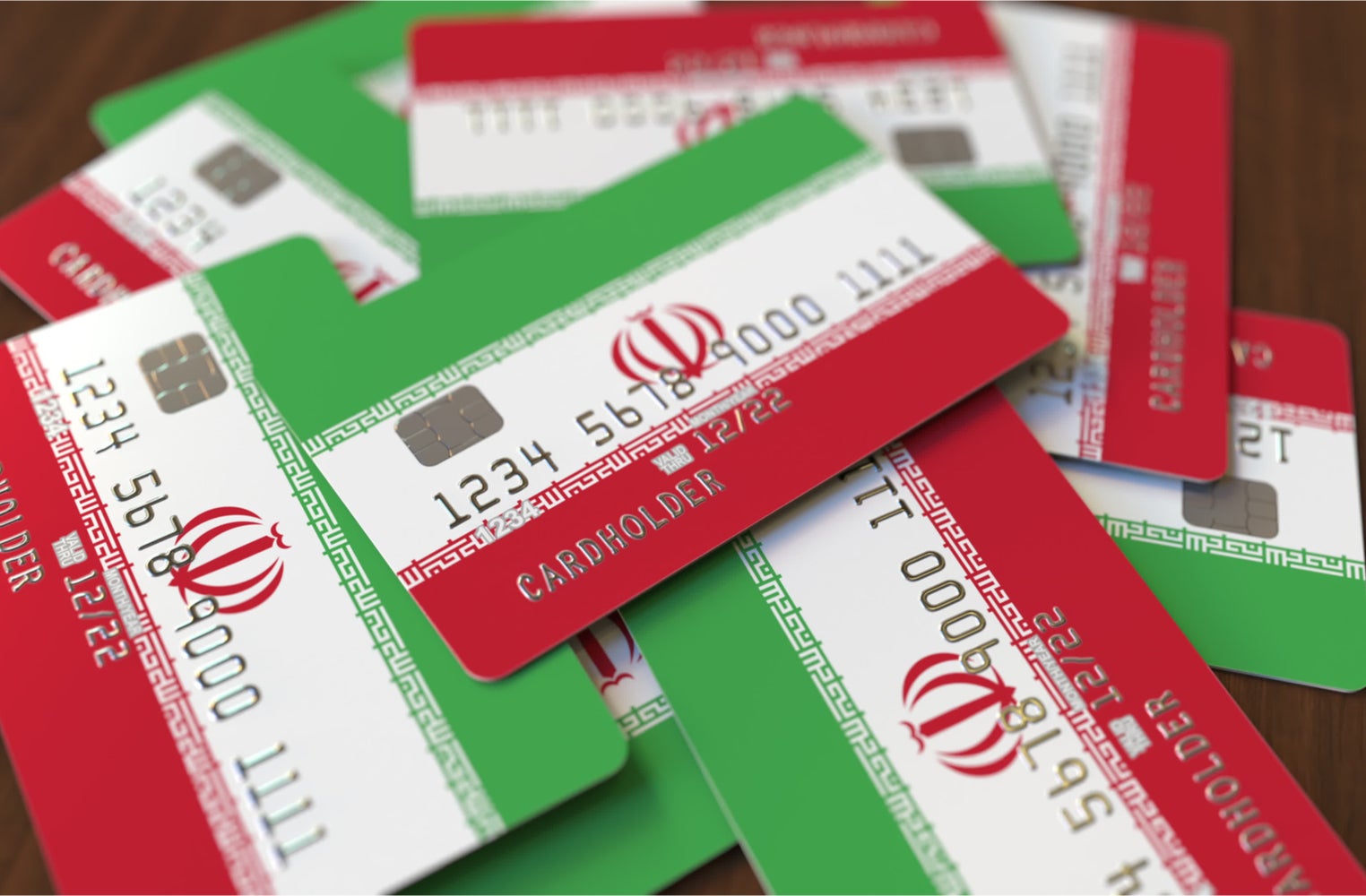
The “Iran Cards and Payments – Opportunities and Risks to 2024” report has been added to ResearchAndMarkets.com’s offering.
The publisher’s ‘Iran Cards and Payments – Opportunities and Risks to 2024′ report provides detailed analysis of market trends in the Iranian cards and payments industry.
It provides values and volumes for a number of key performance indicators in the industry, including cards, and cheques during the review-period (2016-20e).
The report also analyses various payment card markets operating in the industry.
Market analysis, information and insights
The report provides detailed information on the number of cards in circulation, transaction values and volumes during the review-period and over the forecast-period (2020e-24f).
It also offers information on the country’s competitive landscape, including the market shares of issuers and schemes.
The report brings together the publisher’s research, modelling, and analysis expertise to allow banks and card issuers to identify segment dynamics and competitive advantages.
The report also covers details of regulatory policy and recent changes in the regulatory structure.
Scope of the report
- Electronic payments are gaining prominence in Iran, registering steady growth during the review period.
The outbreak of COVID-19 has further accelerated the growth in electronic payments.
In March 2020 the central bank announced the National Comprehensive and Integrated Payment Acceptance Plan.
The plan includes the development of a standard interoperable QR code, enabling QR code acceptance at all POS terminals.
Meanwhile, in March 2020 the government increased the card-to-card money transfer limit from IRR30m ($712.73) to IRR100m ($2,375.78).
Card-to-card transfers are quite popular in Iran and can be made via channels including ATMs, kiosks, mobile phones, and internet banking.
- In August 2020, Iran’s Fintech Association proposed a new fee system with regards to online payment transactions.
As per the new proposal, payment aggregators and payment service providers would cover network fees, which are currently paid by banks.
Such fees now account for almost 60% of total fees paid by banks, which is over and above the amount banks pay as rent and support fees for each POS device to payment service providers.
The costs involved undermine banks’ willingness to invest in electronic banking. The proposed rule would cut banks’ annual expenses by 16%.
- The Iranian rial has been declining in value amid rising inflation and US sanctions.
Its value further deteriorated following the outbreak of COVID-19.
To address this, in May 2020 the Iranian government passed a bill to replace the rial with the toman (with one toman equal to 10,000 rials).
The central bank has been given two years to remove rials from circulation and issue tomans instead.







